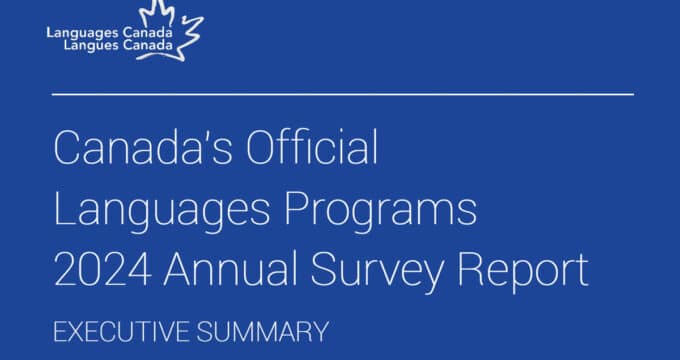New Zealand: Updated visa rejection rates will influence English requirements for 2018
New visa acceptance data from Immigration New Zealand (INZ) will help inform the English proficiency requirements for student visa applicants in 2018. Under rules established in 2015, INZ produces an annual summary of visa rejection rates for applicants from markets around the world. The full-year data for 2017 was released on 24 January. Aside from providing an interesting window into visa processing in New Zealand, the significance of this data is that it relates directly to the types of evidence of English language proficiency that education providers can accept from potential students. In short: applicants from countries where the visa rejection rate is 20% or higher have fewer options for demonstrating English proficiency and will more often require a standardised English test score, such as IELTS or TOEFL. This provision pertains for students applying for programmes other than language studies, and the full requirements are detailed in Rule 18 of the New Zealand Qualification Authority’s NZQF Programme Approval and Accreditation Rules. The Rule 18 guidelines include specific test benchmarks for various levels of study in New Zealand.
The 20% club
The latest INZ data release reveals that some of the world’s major growth markets for student recruitment have rejection rates that exceeded the 20% threshold in 2017. These include Bangladesh (68% rejection rate), India (32%), Iran (36%), Nepal (52%), Nigeria (61%), Pakistan (35%), Philippines (26%), Sri Lanka (32%), Turkey (79%), and Vietnam (24%). The highest-volume sender – and largest market – within this group is of course India. But also of note here is that the volume of visa applications from India dropped appreciably in 2017. New Zealand received nearly 9,500 applications from Indian students last year, but this was down from nearly 16,500 in 2016 and the almost 26,000 visa applications from Indian students received in 2015. The rejection rate of 32% for Indian applicants last year was also down considerably from 2015 and 2016, when it stood at 51% and 54% respectively. Speaking to media in New Zealand, INZ spokesperson Marc Piercey said student visa approval rates for India had "traditionally been lower than elsewhere" due to market complexities and a "high incidence" of fraud. He added, ”The lower number of applications and higher approval rates in the past few months indicates that the overall quality of applicants has increased and the majority of providers are heeding advice about the need for higher quality applications."
Agent performance reported as well
Also of note with the latest INZ data is that the ministry is now publishing performance data for education agencies in Vietnam and the Philippines to accompany similar reports that have been available for India since 2016. These additional reports provide details of 2017 visa acceptance rates for student files handled by 27 agencies in Vietnam, 22 in the Philippines, and 196 in India. For additional background, please see:
Most Recent
-
The surging demand for skills training in a rapidly changing global economy Read More
-
US issues corrected student visa data showing growth for 2024 while current trends point to an enrolment decline for 2025/26 Read More
-
Survey finds US institutions expanding agency engagement and focusing on new student markets Read More


















